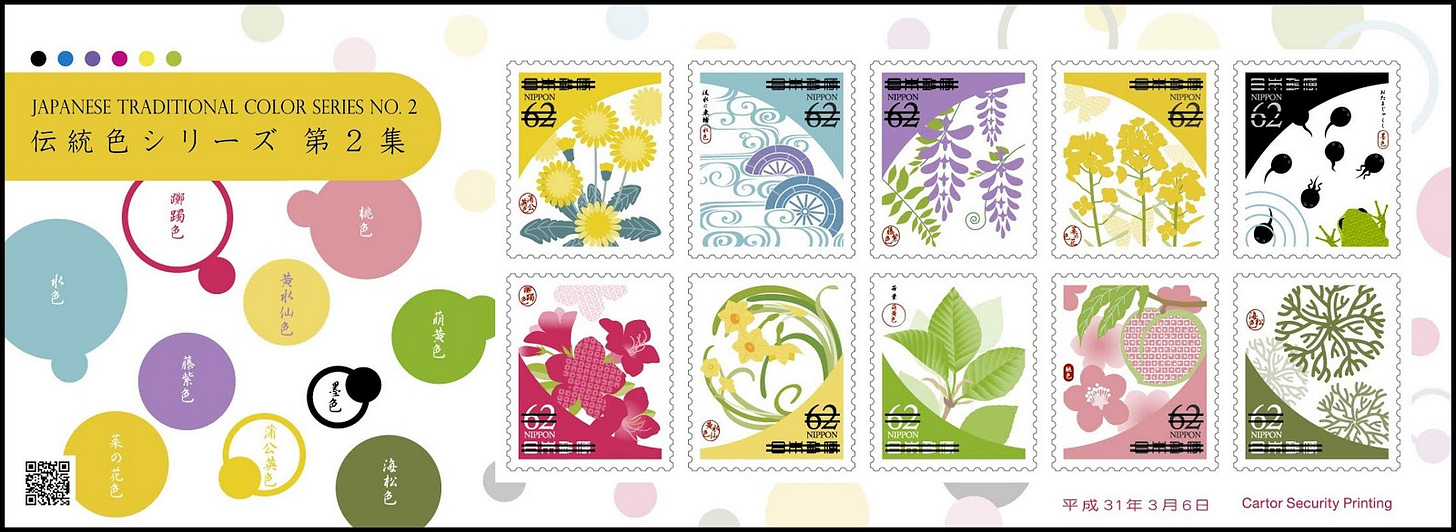
At the end of August, BMW unveiled a one-off X6 SUV which has been sprayed with Vantablack variant VBx2. Described as “the blackest black”, Vantablack is actually not a color pigment or a paint, but a coating of carbon nanotubes that have the property of absorbing incident light almost completely, so much so that the human eye perceives shapes coated in Vantablack to be two-dimensional.

How will Green Lantern’s light fare against the blackest night? Image source: Dezeen
Color perception varies from culture to culture. In different cultures, the color terminology can be stark. For example, a green traffic light in English is called blue in Japan; however, the color of commonly green things like grass for example is green in Japan as opposed to blue.
The Japanese have developed their own collection of traditional colors, known as dentouiro 伝統色 でんとういろ. The second series of the Japanese traditional color postage stamps announced by Japan Post on January 8, 2019 feature ten JPY 62 and ten JPY 82 stamps that showcase the traditional colors.
Most names of Japanese traditional colors originate from the names of flora and fauna, seasons, etc. that bore or resembled them. Examples in the postage stamp series:
蒲公英色 (たんぽぽいろ/ Tanpopo-iro) [#FFE200]
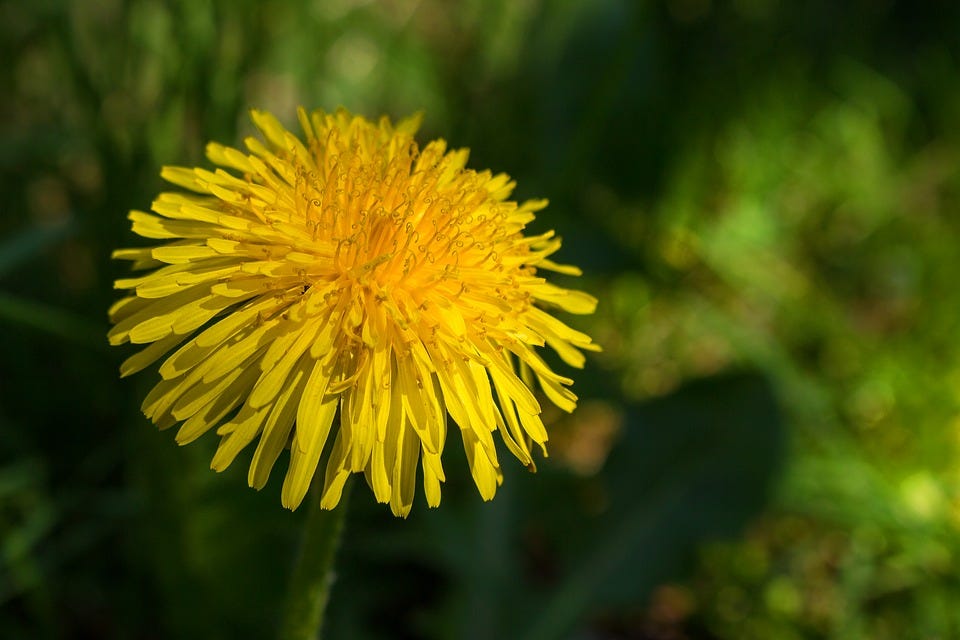
Tanpopo translates as “dandelion”, so this is literally the color of dandelion. Dandelions are spring flowers in Japan.
水色 (みずいろ / Mizu-iro) [#81C7D4]
Translated as “water color”, this pale blue is meant to be the color of clear water.
藤紫 (ふじむらさき / Fujimurasaki) [#8A6BBE]
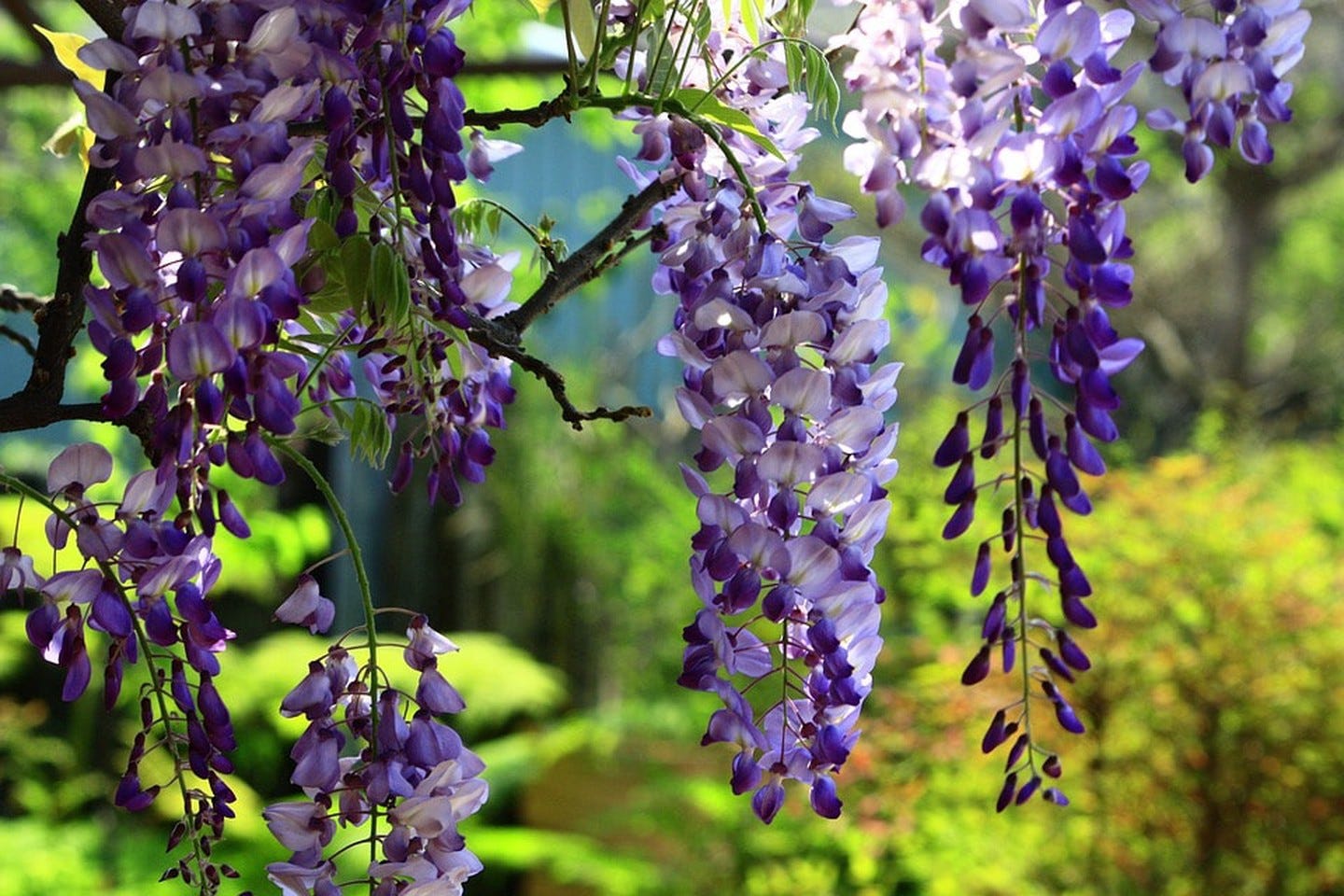
A combination of fujiiro 藤色 (tr. color of Japanese wisteria) + murasaki 紫 (tr. the general Japanese term for the color purple; comes from purple gromwell, a plant)
The color used to be associated with nobility as commoners were forbidden from wearing purple.
菜の花色 (なのはないろ / Nanohana-iro) [#F7D94C]
Nanohana is a Japanese plant with yellow flowers that is closely related to the rapeseed or canola plant in Europe and the West, and also to broccoli, since all of these are members of the brassica family.

In the West rapeseed is usually only grown for its seeds, from which oil is extracted (see rapeseed oil or canola oil), in Japan the plant is used at various stages of growth: Young spring shoots are called nanohana (literally means “flower of vegetable”) while the mature plant that is used for oil as in the West is called aburana, which means “oil plant.”
The word nanohana is a recognized seasonal word in haiku, signifying early spring.
墨色 (すみいろ / Sumi-iro) [#000A02]
From sumi, meaning “ink”, this is the color of ordinary monks’ robes. In Japan, black exudes dignity and formality.
躑躅色 (つつじいろ / Tutuji-iro) [#E02C87]
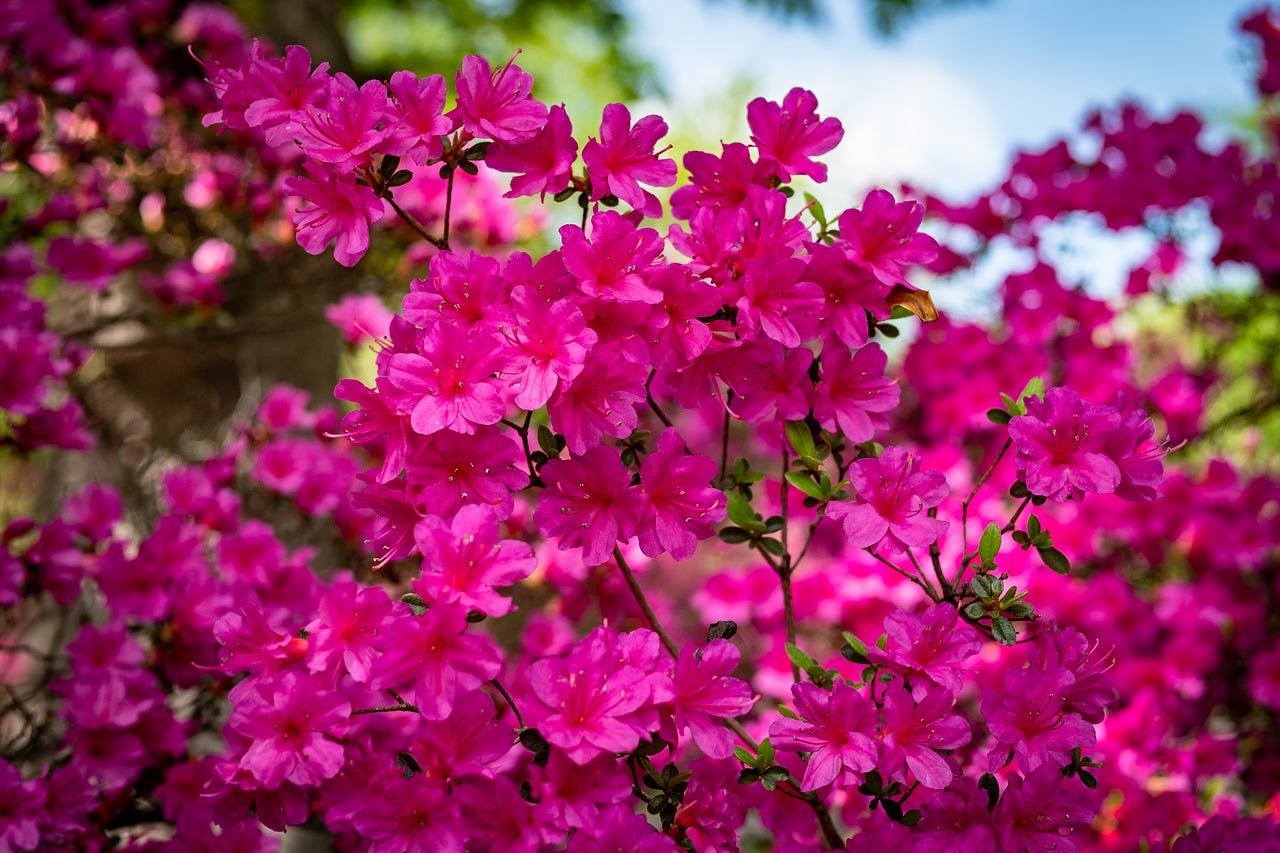
From tsutsuji, meaning “azalea”, a flowering shrub. This is described as a red-purple.
The azalea is highly toxic as it contains andromedotoxins in both its leaves and nectar (“mad honey”).
黄水仙色 (きずいせん / kisuisen) [#F9D36E]
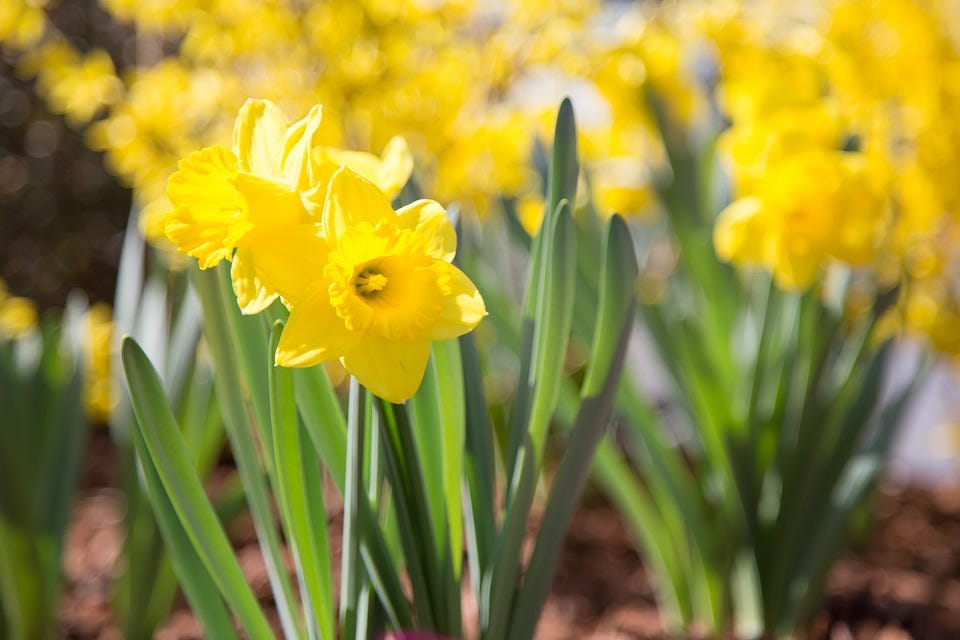
Daffodil. In hanakotoba or floral language, daffodils mean respect.
萌黄色 (もえぎいろ / Moegi-iro) [#86B81B]
A mix of moe 萌え, "to sprout" + kiiro 黄色. This is a yellow-green to dull green color, like the fresh green of sprouts in early spring.
桃色 (ももいろ / Momo-iro) [#F596AA]
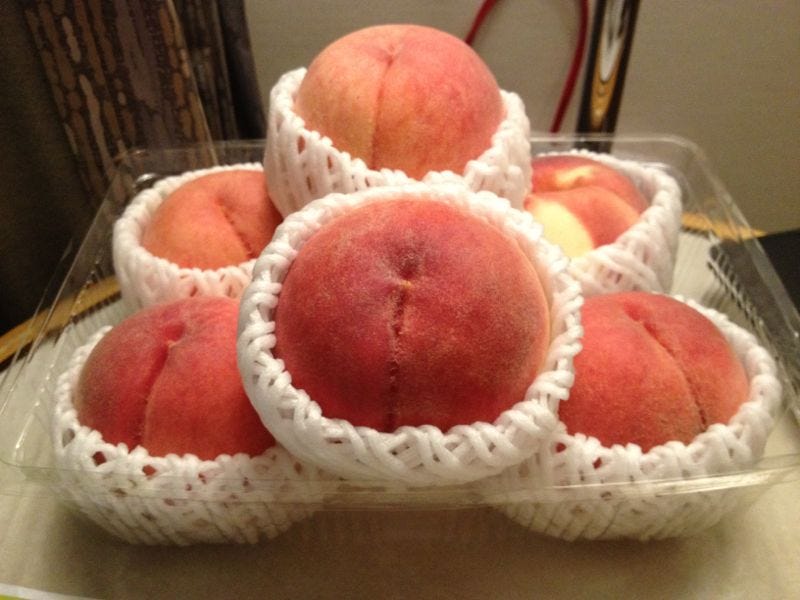
From momo 桃, meaning "peach," a fruit.
To appreciate the nuances of Japanese traditional color, note that 桃花色 (ももはないろ / Momohana-iro) [#F9AEA5] or “peach flower color” is a different color.
海松色 (みるいろ / Miru-iro) [#5B622E]
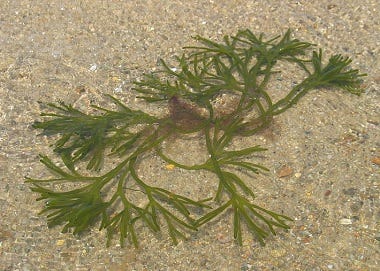
From miru 海松, meaning “dead man's fingers”, a type of seaweed with a dark green color and a soft, felt-like texture.
This green algae reproduces asexually when pieces of the plant break off, allowing it to spread quickly.
References
BMW.com, Black beast: Vantablack light-absorbing paint meets BMW, https://www.bmw.com/en/design/the-bmw-X6-vantablack-car.html
Japan Post, 特殊切手「伝統色シリーズ 第2集」の発行https://www.post.japanpost.jp/notification/pressrelease/2019/00_honsha/0108_01.html
Nippon colors, http://nipponcolors.com

